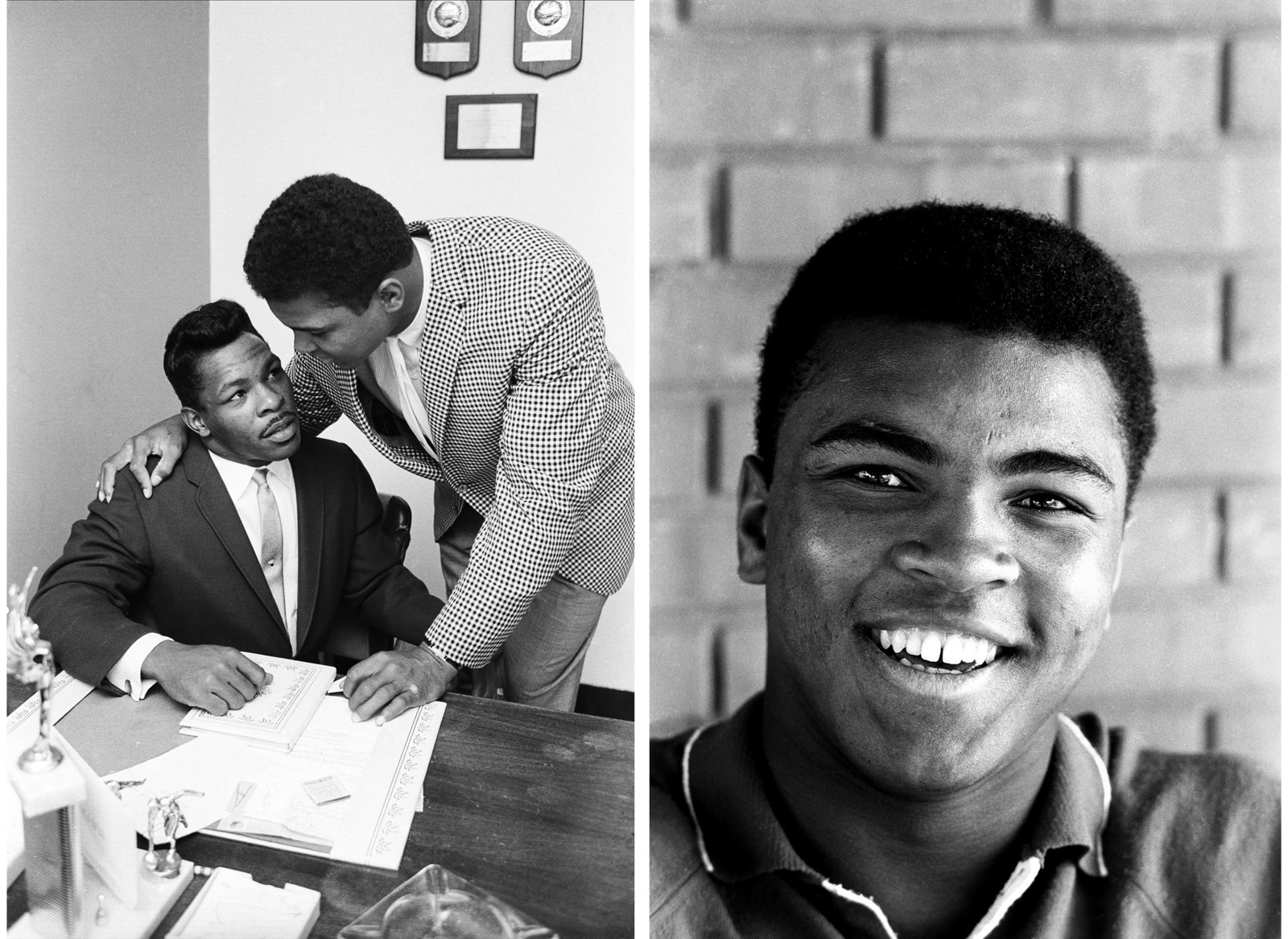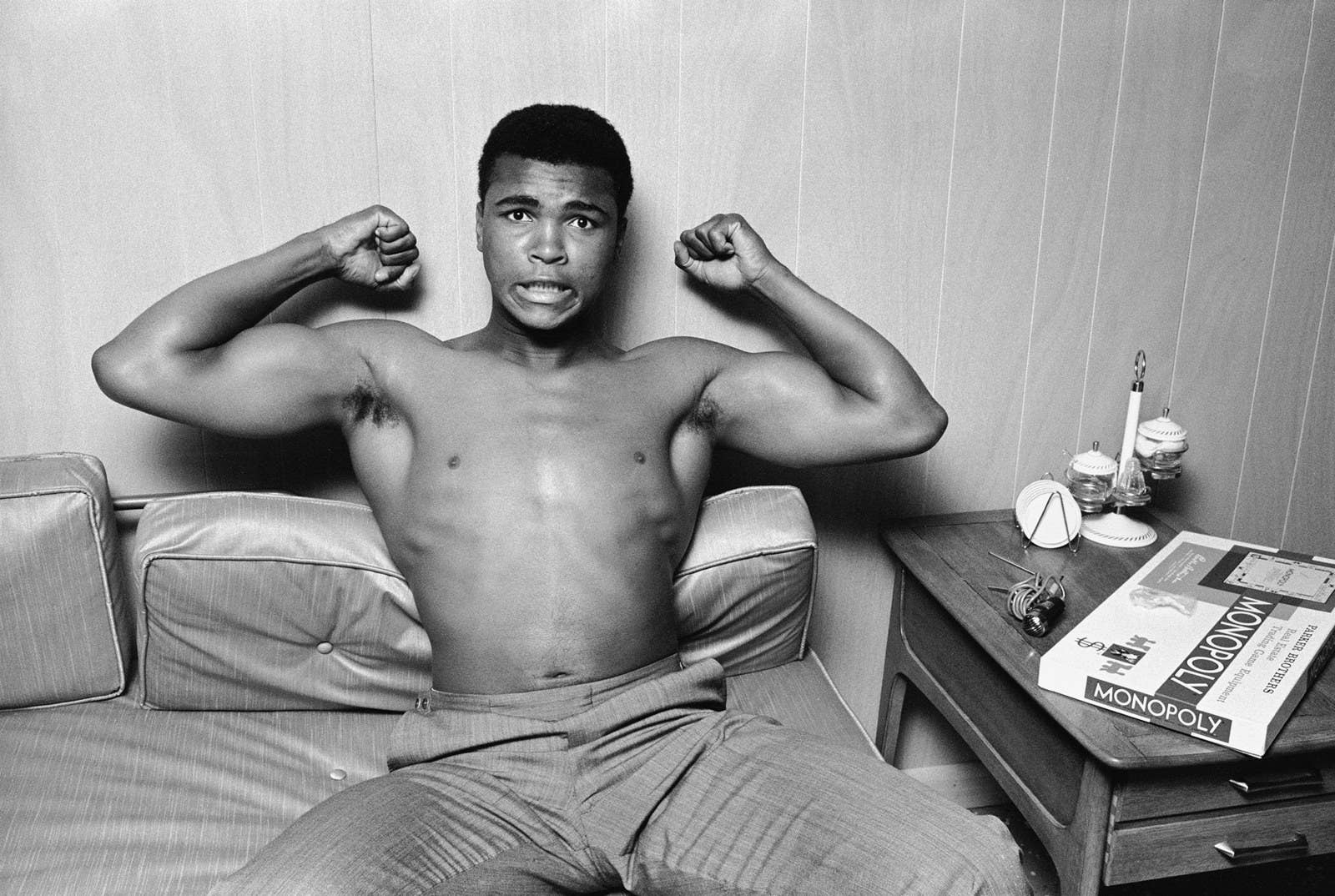
Steve Schapiro is a photographer whose iconic images have captured some of the most monumental events and people of the 20th century. Since the 1960s, his pictures have been featured in magazines such as Life, Sports Illustrated, Vanity Fair, Time, and Newsweek, covering everything from sports and celebrities, to events as influential as Martin Luther King Jr.'s marches on Washington, DC, and Selma, Alabama.
His new book Ali recounts the events of June 1963, when Schapiro was assigned by Sports Illustrated to spend five days with a 21-year-old, up-and-coming boxer by the name of Cassius Clay. The experience, captured in Schapiro's pictures, was a remarkable and revealing encounter with an American legend — not quite the Ali that we think of today, but a young man on the road to be the greatest there ever was.
Here, Schapiro speaks with BuzzFeed News about the two weeks he spent with Clay in 1963, and shares a selection of iconic images from his upcoming book.

Sports Illustrated had assigned me to go down to Louisville to spend some time with Muhammad Ali, who at that point was called Cassius Clay. He was staying at his parents’ house at the time after winning the Golden Gloves, relaxing before leaving for London to fight Henry Cooper. For Sports Illustrated, the story was a preface to his upcoming fight.
When I first met Ali, he already had the “float like a butterfly” reputation — he was known to shout out at random strangers, “I’m the greatest!" But in Louisville, I found him to be extremely quiet and extremely polite, with an incredible respect for his mother. She’d love to make chicken dinners for him, which were his favorite.
I also found that what he loved was kids — he’d ride his bicycle with the neighborhood kids every day and they’d love to play with him. They’d pretend to box with him and punch him in the stomach or something. He loved all that! He came across as a gregarious person who loved people. That was obvious to me immediately.
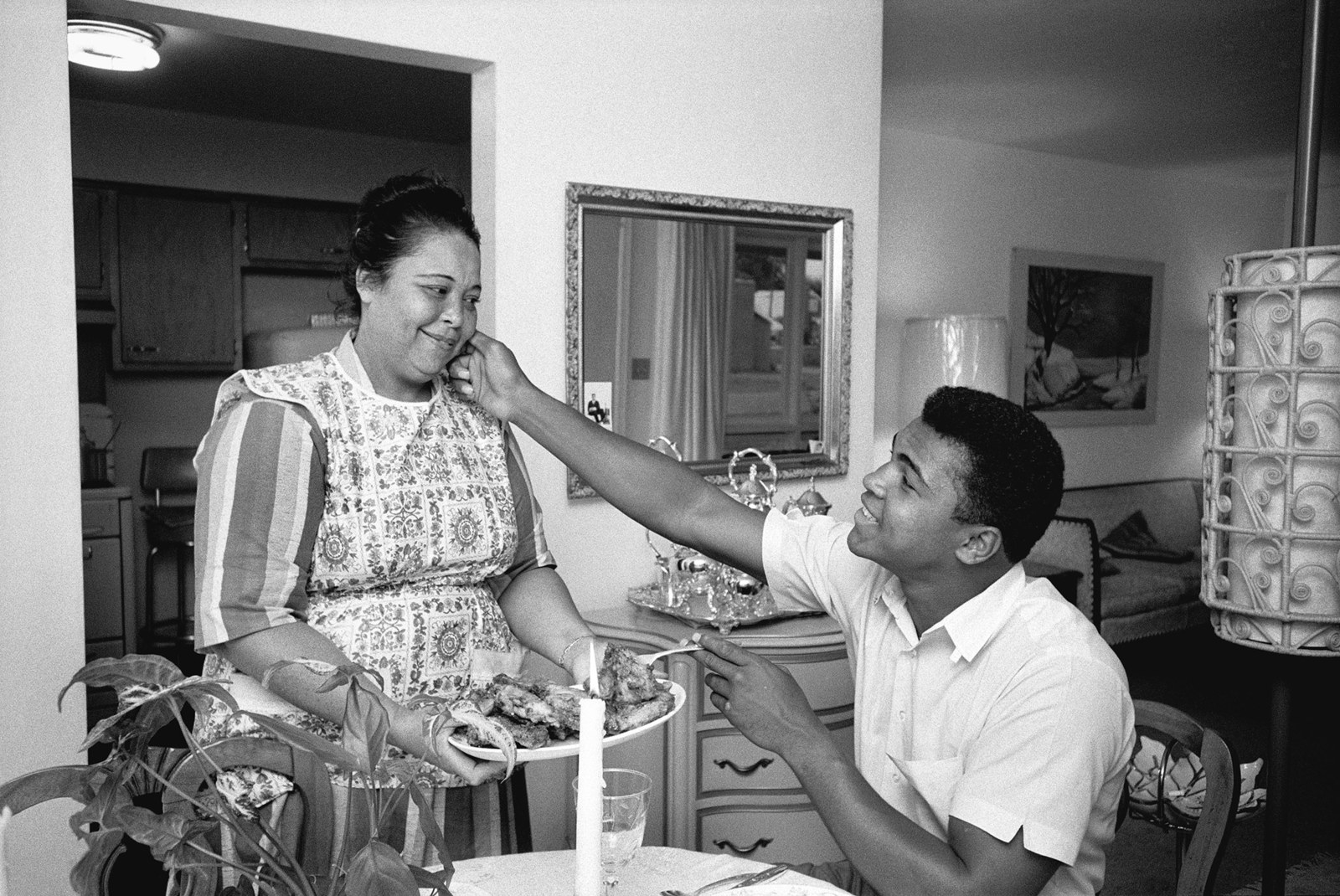
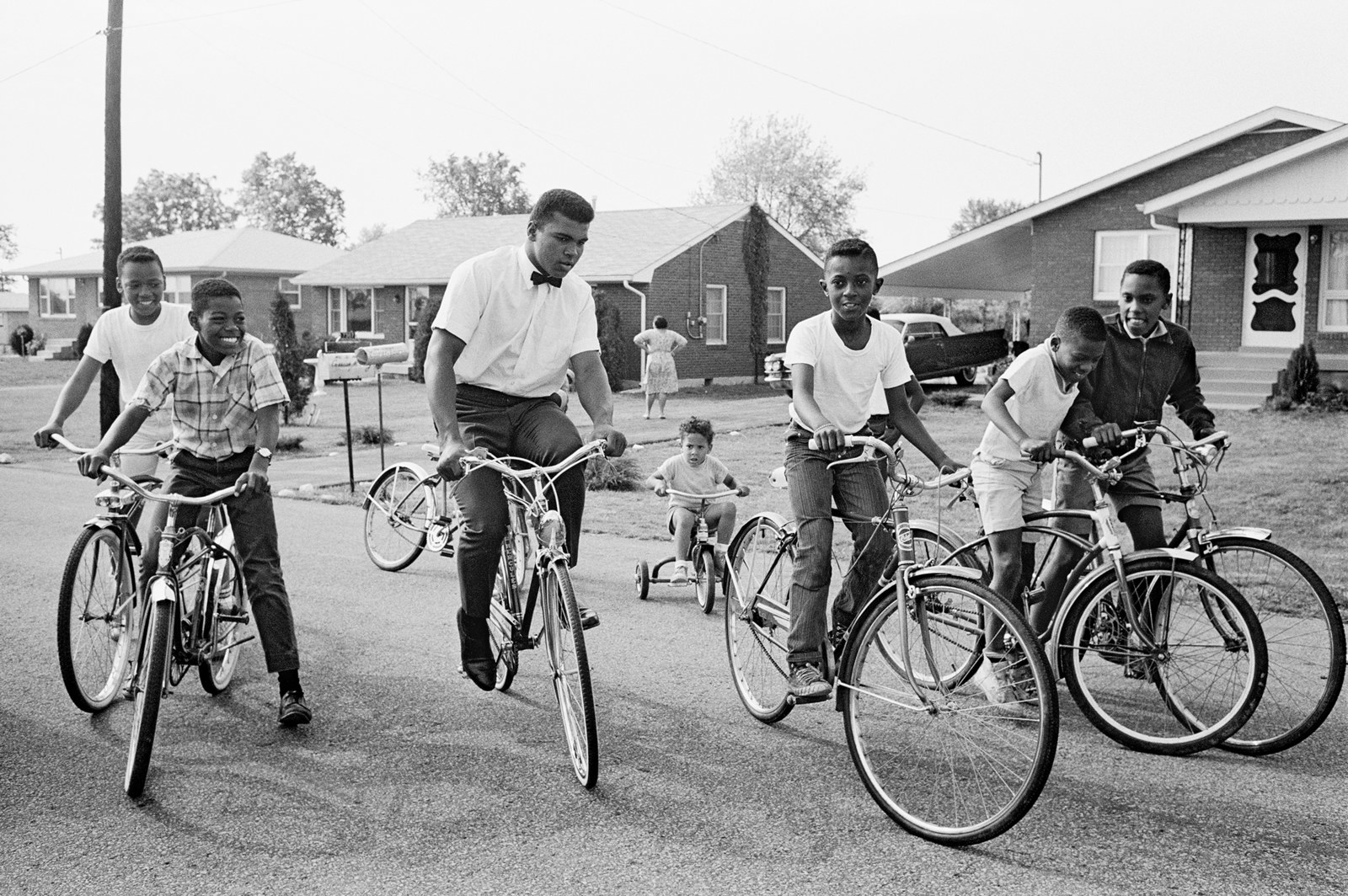
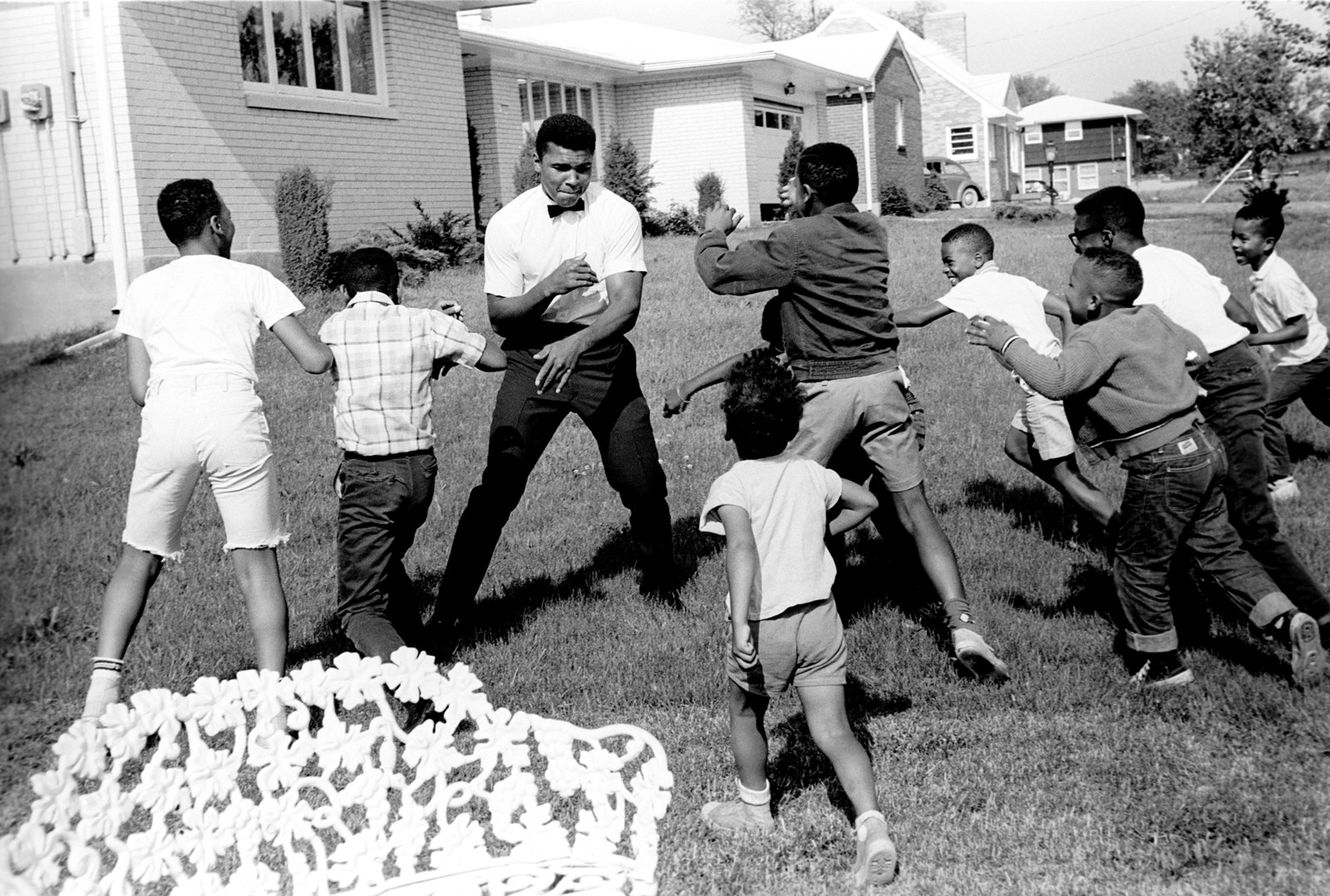
One of the things he loved was to play Monopoly with the kids. When they started losing money and property, he would always give them his own play money, so they wouldn't have to borrow from the bank. Even in something as trivial as a board game, Ali was revealing his personality and heart.
There were also a number of things that caught me off guard about Ali. One of which was the fact that he’d go out and watch television in his car, which was right outside of his house. He had it wired so he could watch TV in there. I really don’t know why, but that was just one of the things he did. I don’t think that was because he was unwinding either — he seemed very relaxed during this period.
One of his big heroes was Sugar Ray Robinson, so one of the things we did together was drive from Louisville to New York to meet Sugar Ray at his gym. At the time, Ali was the up-and-coming star and Sugar Ray was the champ. On the way, he was typical Ali — shouting out the window at everybody. When we got to New York, we went into Sugar Ray’s gym and waited for him, but nothing happened.
Sugar Ray didn’t show up. After a while you could see that Ali was really quiet — to a degree, he was hurt. So we got back in the car and drove down to 125th Street, and just by chance, we saw Sugar Ray walking from his nightclub to his office. He stood Ali up. That experience made an impression on Ali.
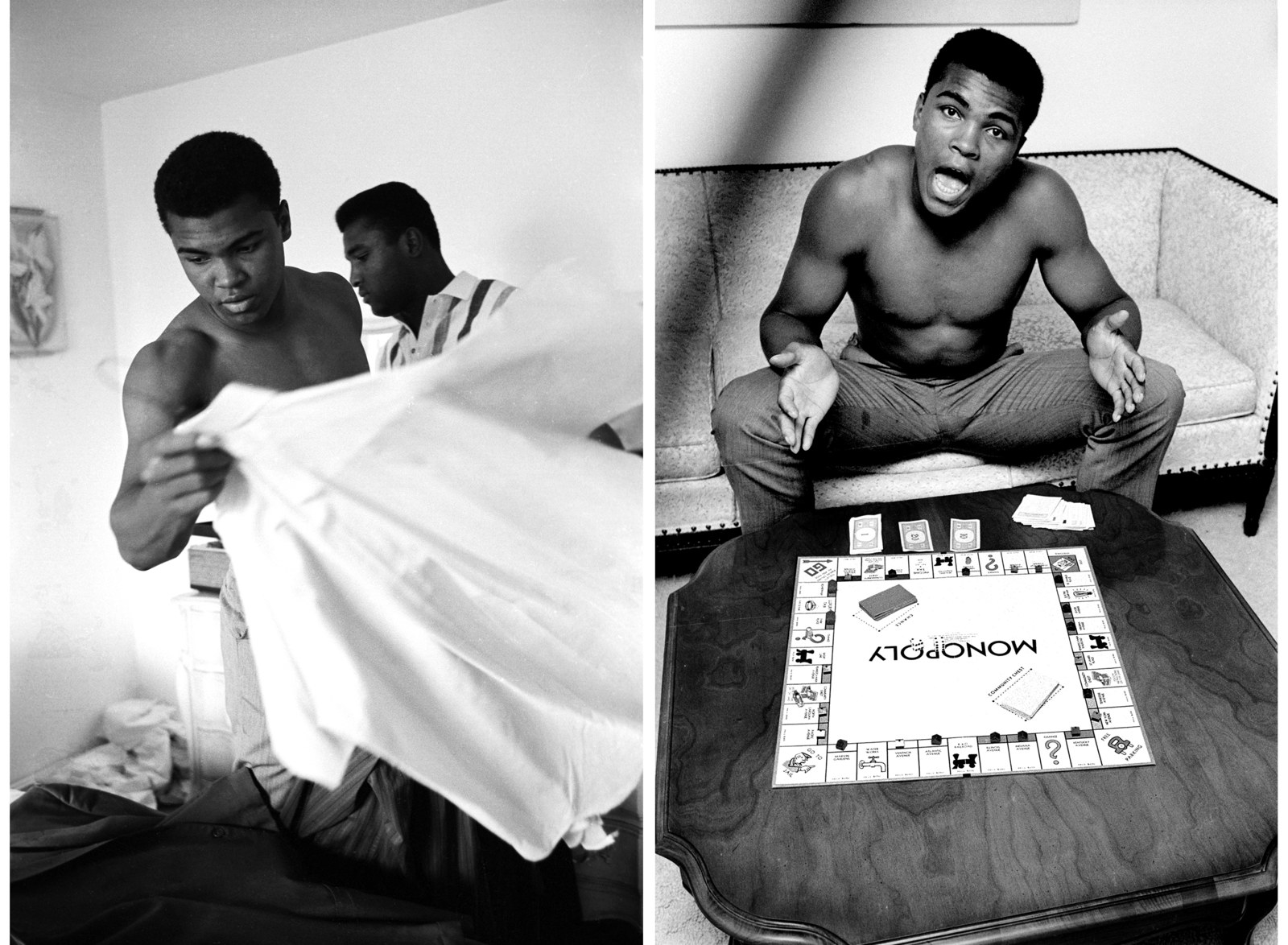
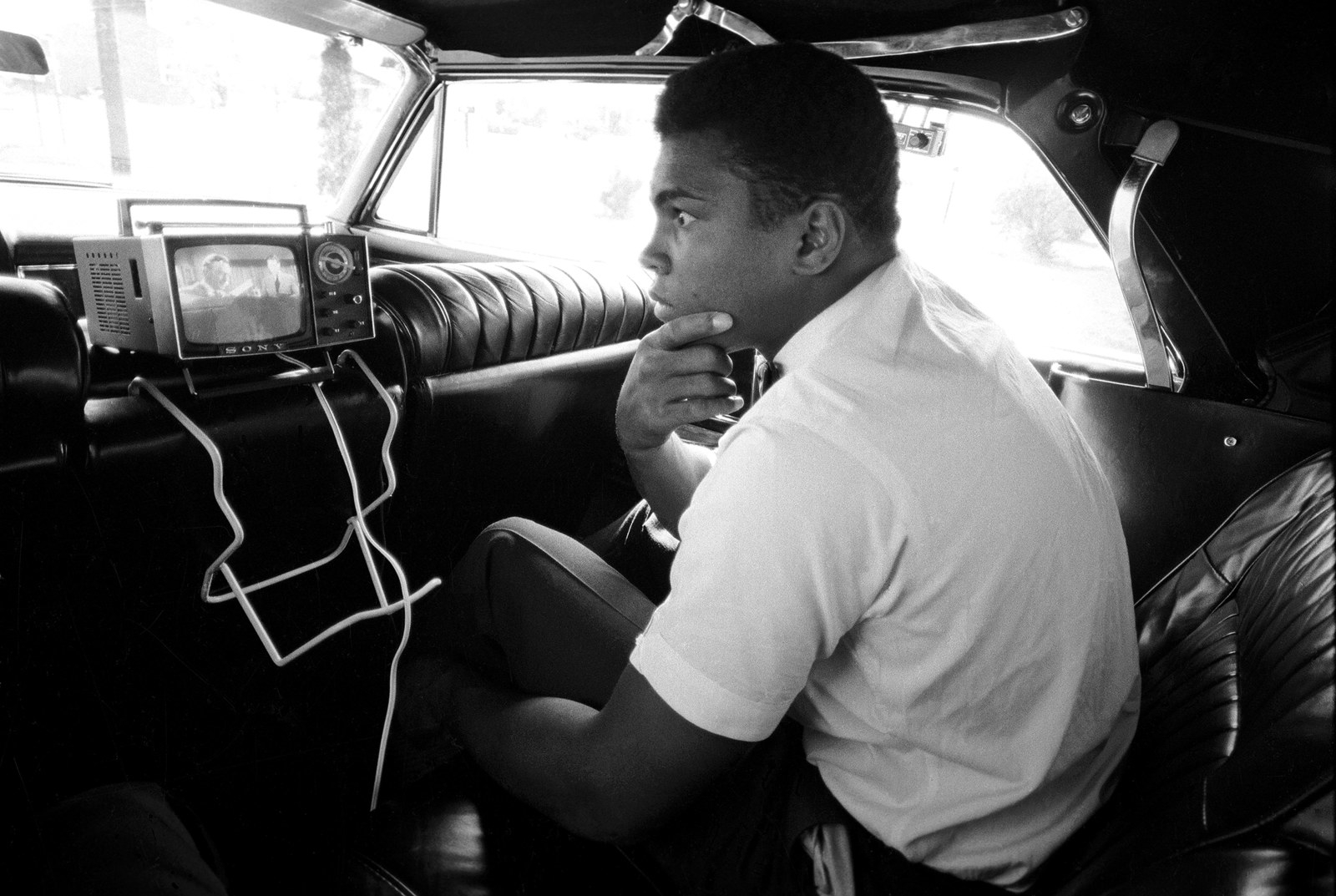
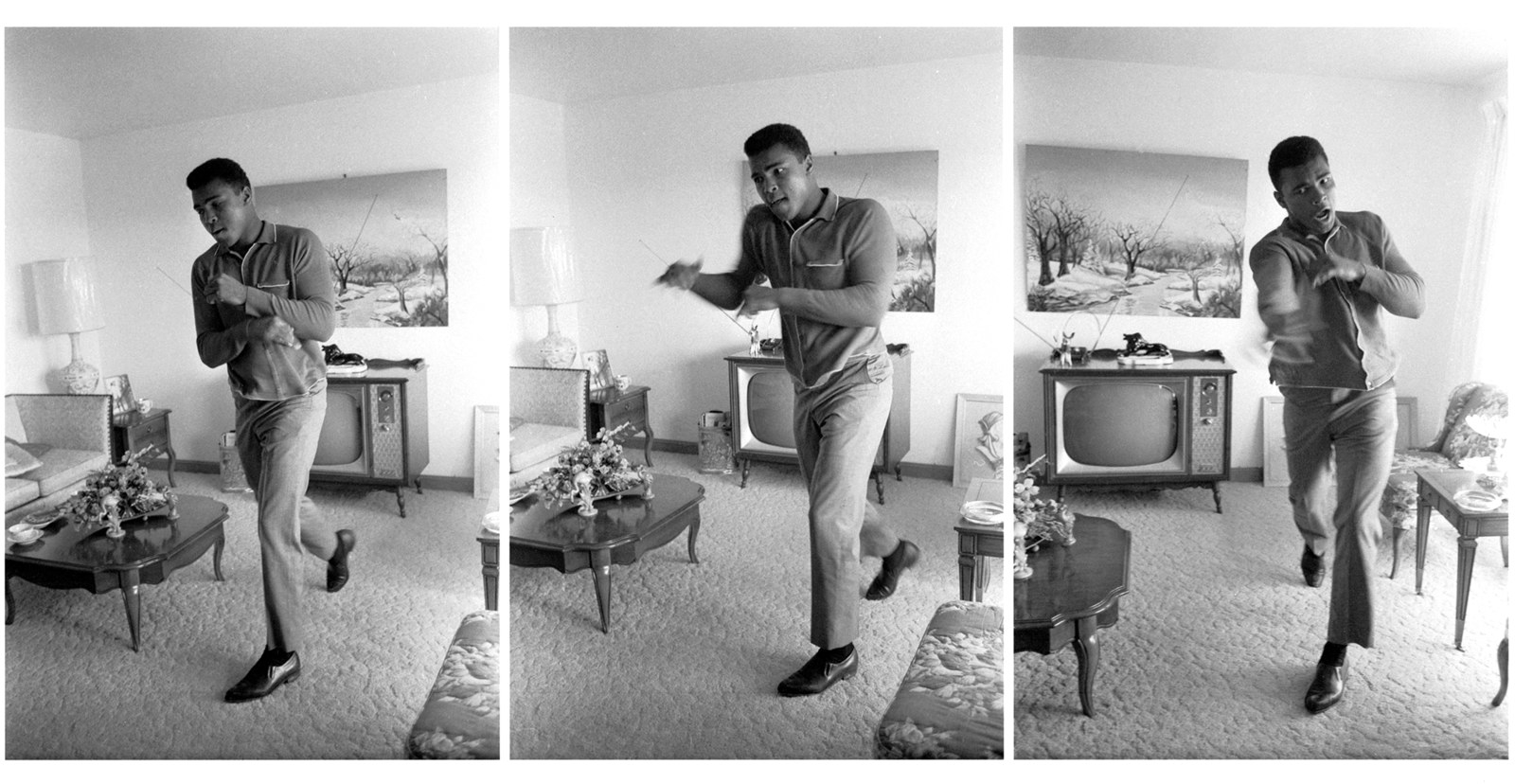
Muhammad Ali stands very high amongst the people I’ve photographed over the course of my life. I very much respect someone who has a sense of who they are and who does not falter in their values.
Later on, Ali was against the draft and the war in Vietnam. He spoke about his dreams of opening neighborhood-controlled stores where the community benefited from the businesses. He had a lot of ideas, even at that moment. He might have been a boxer, but he was someone who was very thoughtful about the world he lived in.
For America today, I think we have a long way to go and I believe that Ali would have felt that way too. I had covered the civil rights movement in the 1960s and one of the pictures I took in Selma, Alabama, was this middle-aged black woman with a sign that said “Stop Police Killings.” That message is just as relevant today as it was then. Certainly, Ali would feel that blacks were still being exploited and that things have not reached a full resolution. I can’t speak for him, but he certainly would have strong feelings about civil rights in America today.
The legacy of Ali is that he became one of the most admired persons in the world because of who he was as a person. He was a great boxer, but more so, he was a great person. He exemplified that and people picked up on it. People had respect for him because they believed in his vision for a better America. I’m sure that's what we all want.
